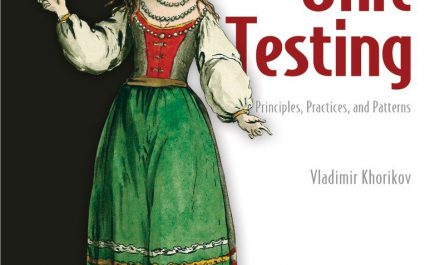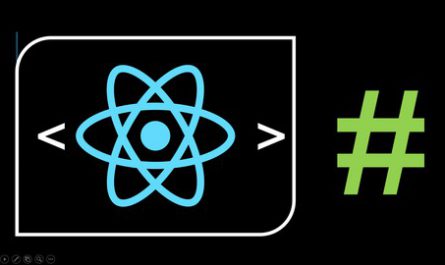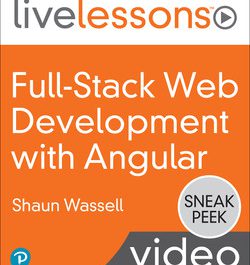
Description
There’s a problem with using traditional REST APIs: we always get the same server response for a given endpoint.
This lack of flexibility can lead to two equally annoying issues
1. Over-fetching data — when we get a huge response but only need a small piece of it.
2. Under-fetching — when we perform the first call only to receive a small piece of what we need. This can lead to chaining API calls and fetching even more unnecessary data in an attempt to get what we need.
Wouldn’t it be great instead if we could shape the response we get with the request we make, and fetch only what we need, when we need it? Fortunately that is possible with GraphQL, a modern way to build and query APIs.
In Vue Mastery’s GraphQL course, we will be creating a Vue + GraphQL app together to gain the confidence of using this powerful, modern tool.
What to expect from the course
Now that we are starting to understand how GraphQL provides a unique ability to query our data, how do we work with it on the frontend? We could use POST requests, but it’s more convenient to use one of the GraphQL clients.
In this course, we will be focusing on Apollo Client and its Vue integration: VueApollo. We’ll learn how to fetch and change data on the server, how to work with real-time subscriptions, and even learn how you can replace your local state management tool like Vuex with a built-in Apollo Client cache.
To get the most out of this course, you’ll need a solid understanding of Vue itself and the Vue CLI, as well as a fundamental understanding of the Composition API. So if you’re ready to start feeling confident plugging GraphQL into your Vue apps, I’ll see you in the next lesson.
Download Links
Direct Download
Querying with GraphQL.zip (1 GB) | Mirror


